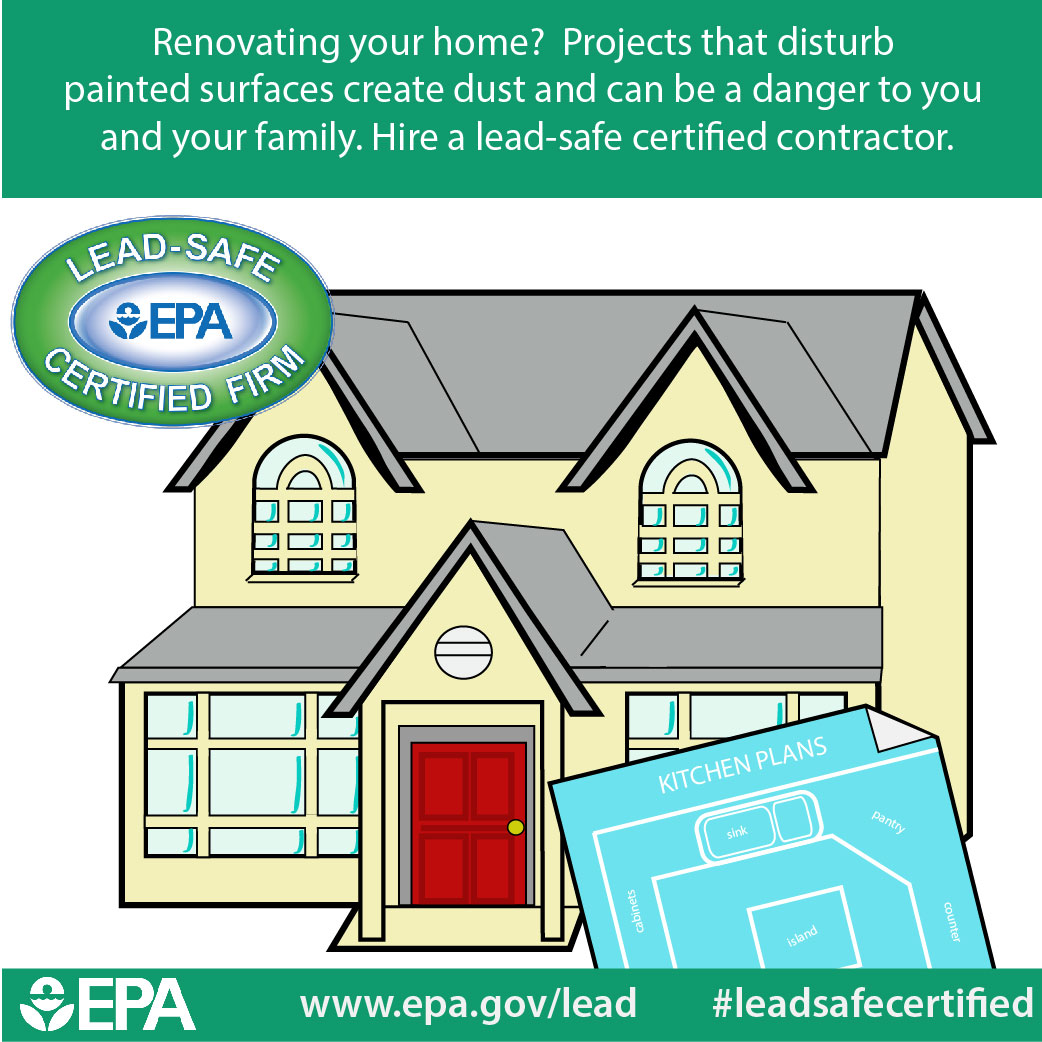Seasonal Consider Business Outside Paint: Secret Insights You Must Be Aware Of
Seasonal Consider Business Outside Paint: Secret Insights You Must Be Aware Of
Blog Article
Write-Up Created By-Doherty Celik
When you're planning an industrial external painting task, seasonal elements can make or break your outcomes. You'll want to think about just how temperature level and humidity influence paint application and drying times. Picking the right season can ensure your paint adheres properly and lasts longer. Yet which seasons are truly the best for this sort of work? Allow's discover the crucial elements that can influence your job's success.
The Effect of Temperature Level on Paint Application
When you're planning a commercial external paint project, the temperature level can substantially influence how well the paint sticks and dries.
Ideally, you intend to repaint when temperatures vary between 50 ° F and 85 ° F. If it's also cool, the paint may not treat effectively, resulting in problems like peeling off or breaking.
On the other hand, if it's as well warm, the paint can dry out as well swiftly, protecting against appropriate bond and causing an irregular coating.
You must additionally consider the moment of day; morning or late afternoon supplies cooler temperature levels, which can be more favorable.
Constantly check the maker's referrals for the certain paint you're utilizing, as they often offer support on the excellent temperature level array for optimum outcomes.
Humidity and Its Result on Drying Times
Temperature isn't the only ecological factor that influences your industrial external paint project; moisture plays a significant role as well. High moisture degrees can decrease drying out times considerably, impacting the total top quality of your paint job.
When the air is filled with dampness, the paint takes longer to cure, which can bring about issues like poor bond and a greater danger of mold development. If you're painting on an especially moist day, be planned for extended delay times in between coats.
It's essential to keep track of local weather and strategy as necessary. Ideally, go for moisture levels in between 40% and 70% for optimal drying.
Maintaining these consider mind guarantees your task stays on track and provides a lasting coating.
Best Seasons for Commercial Exterior Painting Projects
What's the very best time of year for your commercial exterior painting projects?
https://eduardoyjsbj.blogmazing.com/33487572/looking-for-a-home-that-reflects-a-feeling-of-freshness-and-spiritedness-gain-from-the-professionals-in-residence-paint-about-the-important-aspects-that-aid-a-residence-come-to-be-a-welcoming-home and early autumn are commonly your best choices. Throughout these seasons, temperature levels are moderate, and humidity degrees are typically lower, creating suitable problems for paint application and drying.
Prevent summer season's intense heat, which can create paint to dry as well swiftly, bring about poor bond and finish. In a similar way, winter's chilly temperature levels can impede correct drying and healing, running the risk of the longevity of your paint work.
Go for days with temperatures in between 50 ° F and 85 ° F for optimal results. Keep in mind to inspect the neighborhood weather report for rainfall, as damp problems can spoil your job.
Planning around these elements ensures your paint task runs efficiently and lasts much longer.
Final thought
Finally, preparing your industrial outside paint jobs around seasonal factors to consider can make a considerable difference in the end result. By organizing job throughout the optimal temperature levels and humidity levels, you'll make sure better adhesion and drying out times. Keep in mind to watch on regional weather prediction and select the correct time of year-- spring and early autumn are your best bets. Taking interior painting contractor near me will aid you accomplish a long lasting and professional coating that lasts.
